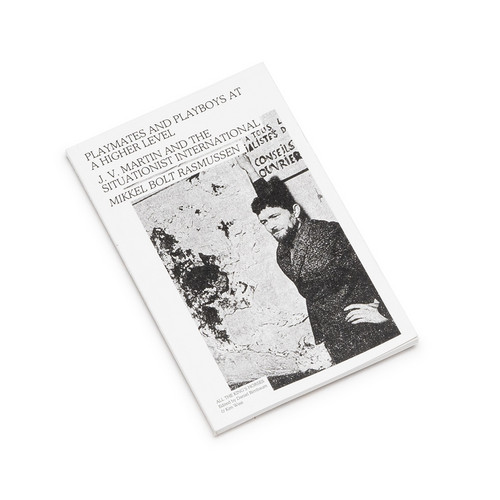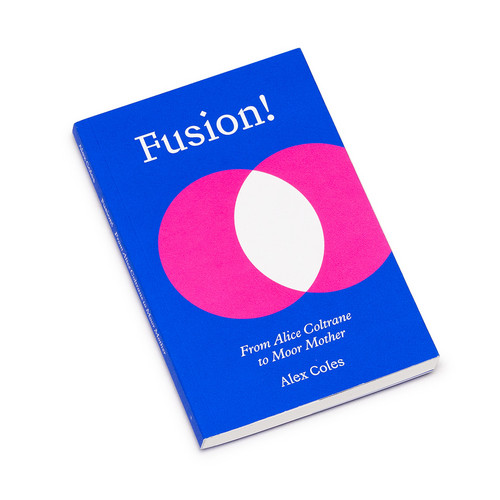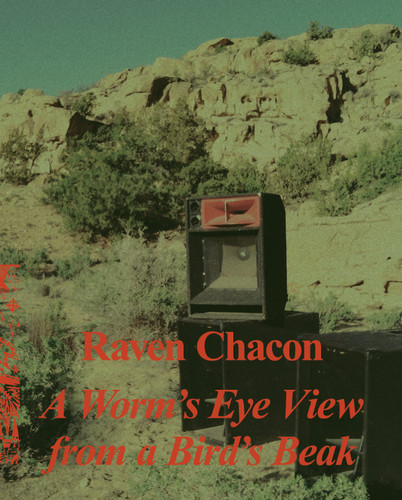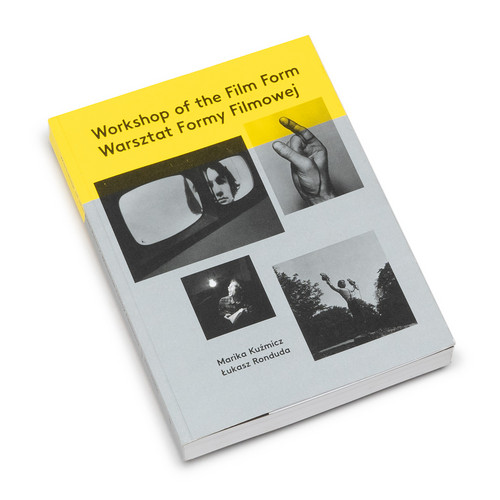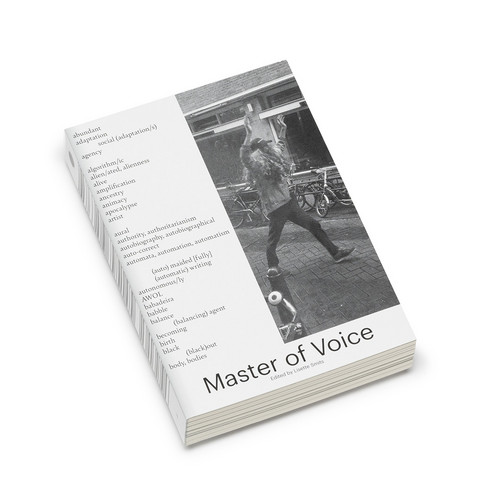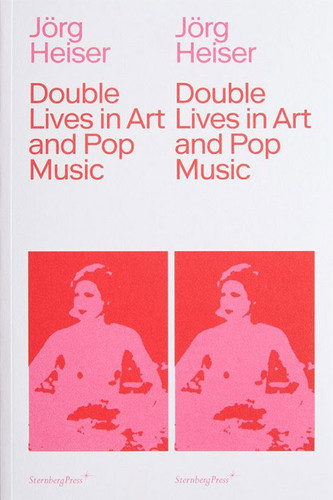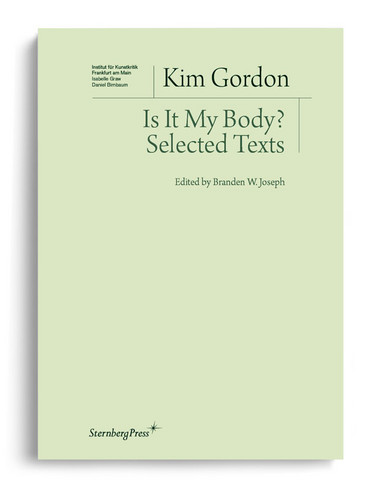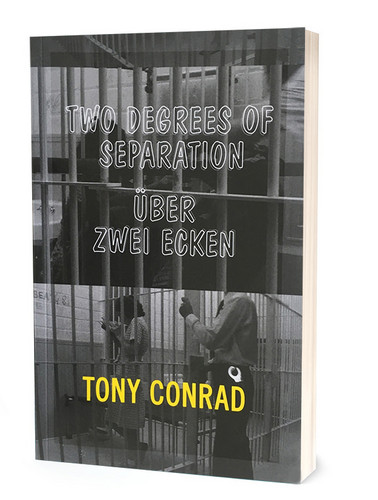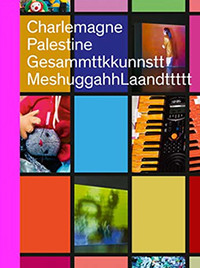★Sternberg Press
Playmates and Playboys at a Higher Level – J. V. Martin and the Situationist International (Book)
2025 stock After the infamous split in the Situationist International in 1962, the Danish artist J. V. Martin was unexpectedly put in charge of the group's Scandinavian section. This book is the first presentation of Martin's strange trajectory within the SI, in which he would remain a member until the group's dissolution in 1972. Considering these facts the Central Committee of the Situationist International:
– proclaims that all followers of Nash, the falsifier, and Elde, his agent, will be co…
Fusion! – From Alice Coltrane to Moor Mother
The role of jazz as a catalyst in rock, pop, funk, new wave, hip-hop, and techno. From music writer Alex Coles, Fusion! From Alice Coltrane to Moor Mother traces the origins and legacy of blended musical genres by focusing on twelve dynamic collaborations. From Alice Coltrane working with Carlos Santana in 1974 to Moor Mother sharing the mic with Wolf Weston in 2022, the collaborations-cum-chapters reveal how musicians pursue fusion as a process. With sonic fusion always premised on cultural fus…
A Worm's Eye View From a Bird's Beak (Book)
A career-spanning catalogue featuring excerpts from Raven Chacon's scores, musical prompts, and drawings interspersed with full-color documentation and descriptive texts of installations, sculptures, and performances. The publication features newly commissioned texts including three long-form essays by Aruna D'Souza, Anthony Huberman, and Dylan Robinson/Patrick Nickleson; experimental short-form writing by Raven Chacon, Lou Cornum, Ingir Bål Nango, Marja Bål Nango, Eric-Paul Riege, Ánde Somby, a…
Workshop Of The FIlm Form (Book)
2024 Stock*. Workshop of the Film Form provides an in-depth overview of the achievements of Warsztat Formy Filmowej (WWF; Workshop of the Film Form), a group of avant-garde artists who were working at the Leon Schiller National Higher School of Film, Television and Theatre in Lodz, Poland, between 1970 and 1977. WWF was founded by the students and graduates of the school, now known as the National Film School, and included: Wojciech Bruszewski, Pawel Kwiek, Andrzej Rózycki, Józef Robakowski, Zbi…
Master of Voice (Book)
*2022 stock* The (non)human voice has always been part of modern art, notably within performance art, sound art, and conceptual art. However, Master of Voice temporary master program at the Gerrit Rietveld Academy, Amsterdam, mutated from this history, examining the voice as a unique “discipline.” The graduate program’s focus was on the (non)human voice as a means to an end or an end in itself within artistic practice. A special orientation of the curriculum, co-developed with a team of artists …
Double Lives in Art and Pop Music
Why did Andy Warhol decide to enter the music business by producing the Velvet Underground, and what did the band expect to gain in return? What made Yoko Ono use the skills she developed in the artistic avant-garde in pop music, and what in turn drew John Lennon to visual art? Why, in 1980s West Germany, did Joseph Beuys record a pop single and artists such as Walter Dahn, Albert and Markus Oehlen, and Michaela Melián form bands? What role does utopia play in the pop music and art of Brian Eno,…
Is It My Body? – Selected Texts
Critical texts by Kim Gordon brought together for the first time. Throughout the 1980s and early '90s, Kim Gordon—widely known as a founding member of the influential band Sonic Youth—produced a series of writings on art and music. Ranging from neo-Conceptual artworks to broader forms of cultural criticism, these rare texts are brought together in this volume for the first time, placing Gordon's writing within the context of the artist-critics of her generation, including Mike Kelley, John Mille…
Two Degrees of Separation
A compact monograph containing gathering a visual documentation, two essays and a conversation with Tony Conrad, whose multi-faceted contributions since the 1960's have influenced and redefined music, filmmaking, minimalism, performance, video and conceptual art.Tony Conrad, who can be described as an artist, composer, musician, filmmaker, and performer, might be considered the first true “crossover artist.” For the exhibition at the Kunsthalle Wien, Conrad built a replica of a jail cell that wa…
GesammttkkunnsttMeshuggahhLaandtttt
This catalogue documents Charlemagne Palestine\'s eponymous solo exhibition, including his early video works, sculptures, paintings, installations, and sound scores. Charlemagne Palestine works form a highly personal universe of rituals, intoxication, and shamanism. In the last four decades, the artist has created an extensive body of experimental musical compositions, bodily performances, and, in later years, visual art works that are inhabited by stuffed animals. To Palestine, teddy bears figu…
